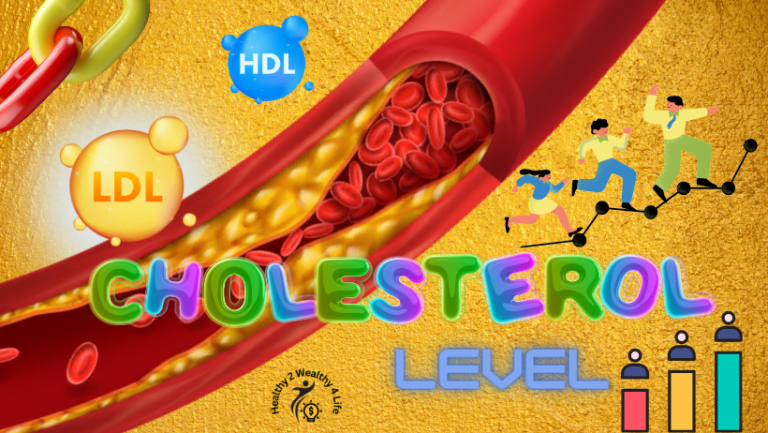Mastering the Stiff-Legged Deadlift | Technique for Optimal Gains
Mastering the Stiff-Legged Deadlift Technique for Optimal Gains In our relentless pursuit of excellence in strength training, we understand the importance of mastering every exercise in our arsenal. Today, we’re diving deep into the Stiff-Legged Deadlift, a powerhouse movement that can sculpt your posterior chain and build functional strength like no other. This comprehensive guide will not only teach you how to perform the exercise with perfect form but also provide insights into its benefits, variations, and tips for unlocking its full potential.
%20(1500%20%C3%97%201000%20px).png) |
| Mastering the Stiff-Legged Deadlift | Technique for Optimal Gains |
Understanding the Stiff-Legged Deadlift
Before we delve into the nitty-gritty details, let’s start with the basics. The Stiff-Legged Deadlift is a compound exercise primarily targeting the hamstrings, glutes, lower back, and core muscles. It’s performed by lifting a barbell or dumbbells from the ground to a standing position while keeping your legs relatively straight. This movement places significant emphasis on the hamstrings, making it a go-to exercise for those aiming to develop strong and shapely leg muscles.
Benefits of the Stiff-Legged Deadlift
1. Muscle Hypertrophy
One of the key benefits of incorporating Stiff-Legged Deadlifts into your routine is muscle hypertrophy. The exercise specifically targets the hamstrings, helping you build well-defined and powerful leg muscles. Additionally, the lower back, glutes, and erector spinae muscles also benefit from this movement, resulting in a more balanced physique.
2. Improved Posture
Maintaining proper form during Stiff-Legged Deadlifts is crucial, as it strengthens your lower back and core muscles. This, in turn, helps improve your posture by promoting a strong and stable spine. A strong lower back reduces the risk of back pain and injuries in daily life.
3. Enhanced Athletic Performance
The Stiff-Legged Deadlift is a compound movement that engages multiple muscle groups simultaneously. This functional strength carries over into various athletic endeavors, such as sprinting, jumping, and even everyday activities. By incorporating this exercise into your routine, you can enhance your overall athletic performance.
Proper Form and Execution
To reap the full benefits of the Stiff-Legged Deadlift and avoid injury, it’s essential to execute the movement correctly. Follow these steps:
1. Setup
- Stand with your feet hip-width apart and the barbell over your mid-foot.
- Maintain a slight bend in your knees.
- Grasp the barbell with a shoulder-width, overhand grip.
2. The Lift
- Keep your back straight and chest up.
- Hinge at your hips, lowering the barbell while keeping your legs almost straight.
- Lower the barbell until you feel a stretch in your hamstrings, but do not round your back.
- Push through your heels to return to the starting position.
3. Common Mistakes to Avoid
- Rounded Back: Maintain a neutral spine throughout the movement to prevent injury.
- Excessive Weight: Start with a manageable weight to perfect your form before increasing the load.
- Overextending: Do not hyperextend your lower back at the top of the lift; stand tall but avoid leaning back excessively.
Variations and Progressions
To keep your workouts engaging and continually challenge your muscles, consider incorporating these Stiff-Legged Deadlift variations:
1. Romanian Deadlift
The Romanian Deadlift is a slight modification of the traditional Stiff-Legged Deadlift. In this variation, you bend your knees slightly to reduce the strain on your hamstrings and lower back while still targeting these muscle groups effectively.
Conclusion
Incorporating Stiff-Legged Deadlifts into your strength training routine can yield remarkable results. With the proper form and consistent effort, you can strengthen your posterior chain, improve your athletic performance, and attain a well-rounded physique. Remember, mastery of this exercise takes time, so start with lighter weights and gradually progress to heavier loads. Prioritize safety and form, and watch your strength and physique reach new heights.
FAQ :
1.Why is the stiff legged deadlift a bad exercise?
he stiff-legged deadlift, while popular, may not be the best choice for everyone due to several reasons:
- Risk of Injury: The stiff-legged deadlift puts significant stress on the lower back and hamstrings, increasing the risk of injury, especially for beginners or those with back issues.
- Limited Range of Motion: This exercise limits the range of motion in the hips and knees, reducing the activation of important muscle groups like the glutes and quads.
- Overemphasis on Hamstrings: While it targets the hamstrings, it often neglects other posterior chain muscles crucial for balanced development.
- Poor Form Challenges: Maintaining proper form throughout the movement can be difficult, increasing the likelihood of injury.
- Better Alternatives: There are safer exercises like Romanian deadlifts and traditional deadlifts that provide similar benefits with less risk.
2.How much less can you stiff leg deadlift?
In a stiff-legged deadlift, the amount of weight you can lift depends on various factors, including your strength, form, and training level. On average, a beginner might start with a weight equivalent to their body weight or even less, focusing on mastering proper form and gradually increasing the load.
Intermediate lifters may aim for 1.5 to 2 times their body weight, while advanced lifters can lift significantly more, often exceeding 2 times their body weight. However, it’s crucial to prioritize technique and safety over lifting heavy weights.
Always begin with a weight you can handle comfortably and progressively increase it as your strength and form improve. Remember to consult a fitness professional for personalized guidance and to prevent the risk of injury.
3.Is the stiff-legged deadlift a bad exercise since it goes against the general advice of how to lift things up from the ground?
The stiff-legged deadlift is not inherently a bad exercise, but it does differ from the general advice on lifting objects from the ground. Here’s why:
- Form Variation: In everyday life, proper lifting technique involves bending at the hips and knees to maintain a neutral spine. Stiff-legged deadlifts, on the other hand, require a straight leg position, which can deviate from this standard.
- Risk of Injury: Lifting objects with a rounded back in a stiff-legged deadlift fashion can strain the lower back and increase injury risk. It’s crucial to maintain a flat back during this exercise.
- Targeted Training: Stiff-legged deadlifts primarily target the hamstrings and lower back muscles, which might not align with the overall functional strength required for daily activities.
In summary, while stiff-legged deadlifts have their place in strength training, they should be performed with caution and not replace proper lifting techniques used in everyday life to avoid injury.
4.How do I squat and deadlift twice a week for strength? (Not on the same day or not often)
To effectively squat and deadlift twice a week for strength gains without doing them on the same day, follow this split routine:
Day 1: Squat Emphasis
- Back Squats: Start with heavy back squats, focusing on strength and proper form. Perform 3-4 sets of 5-6 reps, progressively increasing the weight.
- Front Squats: Follow with front squats, which target different muscle groups. Do 3 sets of 8-10 reps.
- Accessory Work: Include leg press, lunges, or leg extensions for additional leg muscle development.
- Conventional Deadlifts or Romanian Deadlifts: Begin with 3-4 sets of 5-6 reps of heavy deadlifts.
- Sumo Deadlifts or Trap Bar Deadlifts: Mix up your deadlift variations to engage different muscles. Aim for 3 sets of 8-10 reps.
- Accessory Work: Incorporate bent-over rows, pull-ups, or lat pulldowns to strengthen your back.
Day 2: Deadlift Emphasis
Ensure you have at least 48 hours of rest between these sessions to promote recovery and maximize strength gains. Adjust the weights and repetitions as you progress in your training journey.

%20(1500%20%C3%97%201000%20px)%20(1).png)


